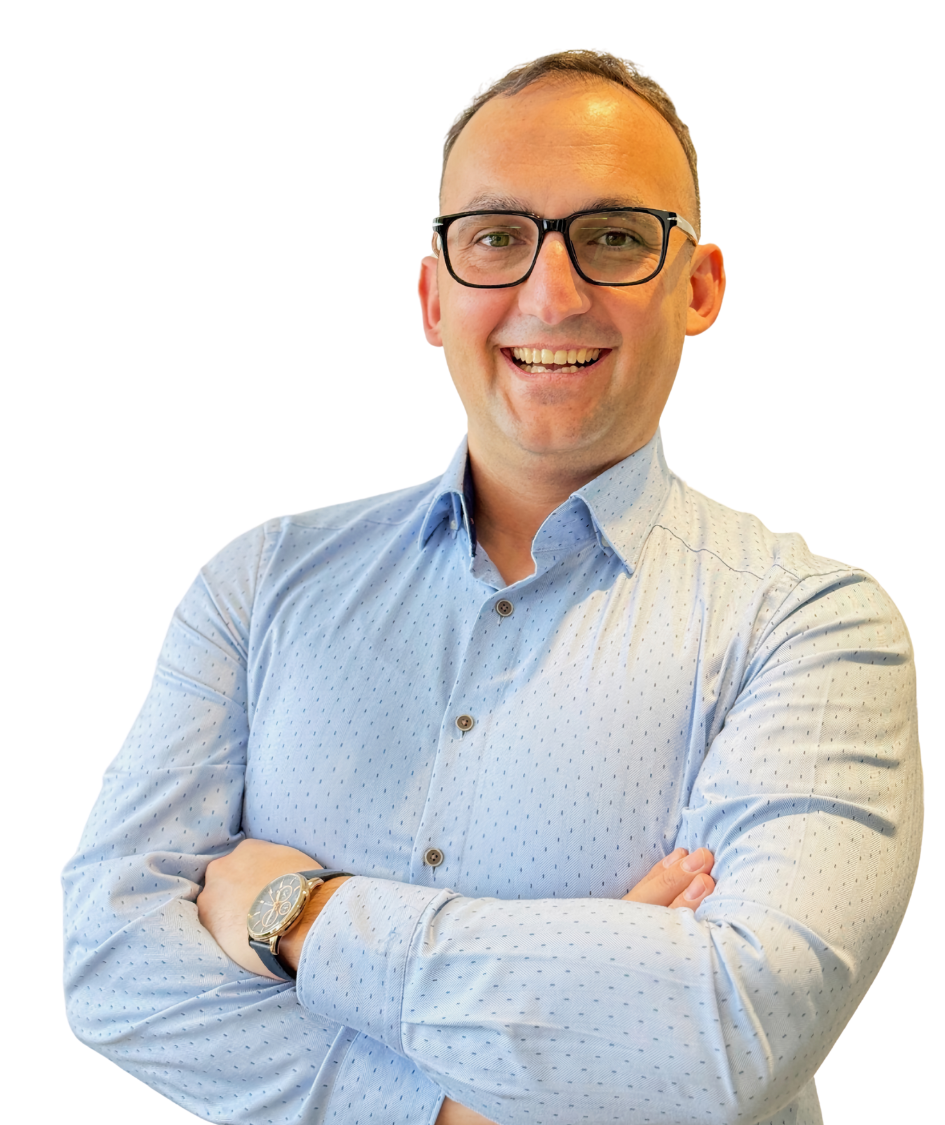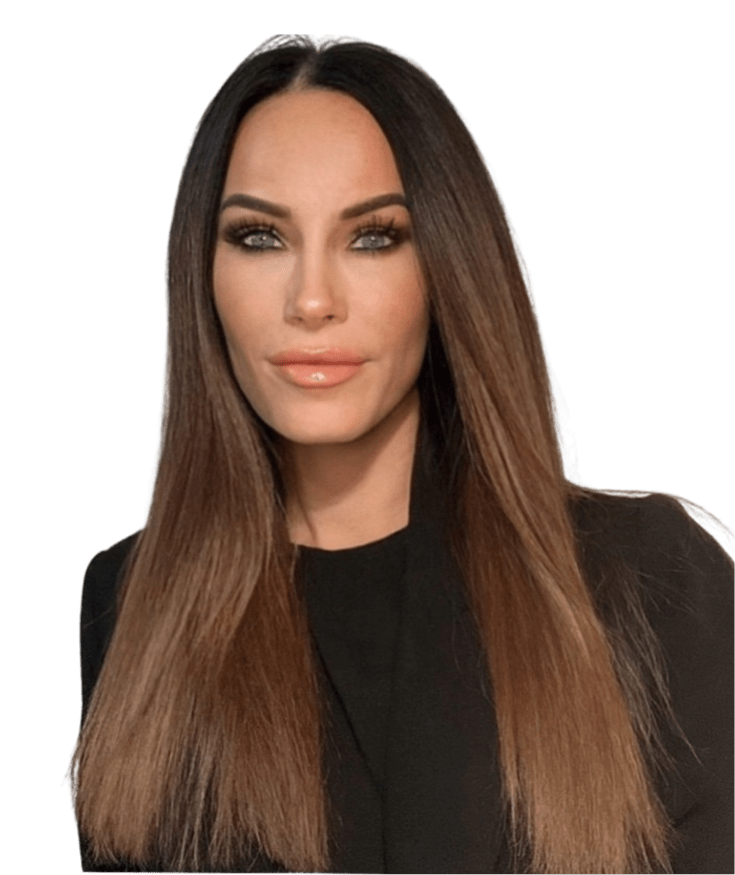Unpain Podcast
Episode #10
The In’s and Out’s of Microneedling: the future of regeneration is surprisingly gentle


Introduction
In this episode, Uran Berisha interviews Amber Guerin, an expert in microneedling and the Skin Pen device. They discuss the evolution of skincare treatments, focusing on the benefits of microneedling, the importance of growth factors, and the safety and hygiene standards associated with the Skin Pen. Amber explains the microneedling process, its effectiveness for various skin concerns, and how it can be integrated into a broader skincare regimen. The conversation emphasizes the non-invasive nature of modern treatments and the potential for long-term skin health through regular microneedling sessions.
The Future of Skincare Is Here—Are You Ready?
For years, the skincare industry has been obsessed with aggressive treatments—lasers, deep chemical peels, and invasive procedures that promise youthful skin but leave behind excessive damage and downtime. But what if there was a better way? In this episode of the Unpain Clinic Podcast, we sit down with Amber Guerin, a leading expert in the aesthetics industry and SkinPen specialist, to break down the myths, expose the dangers, and reveal the game-changing power of precision microneedling.
From tackling acne scars, hyperpigmentation, and fine lines to optimizing collagen production and skin health, this conversation uncovers everything you need to know about how to transform your skin—safely and effectively.
Why Most Skincare Treatments Cause More Harm Than Good
The beauty industry has long embraced the “more pain, more gain” approach—encouraging treatments that strip, burn, and wound the skin in the name of rejuvenation. But here’s the problem:
Amber Guerin lays it all out in this episode, explaining why trauma-based skincare is outdated and dangerous—and why the right kind of microneedling is the future of effective, non-invasive skin transformation.
The Common (and Dangerous) Approaches to Microneedling
Not All Microneedling Is Created Equal—And Some of It Is Just Plain Risky
You’ve probably seen the viral videos—DIY microneedling rollers, aggressive manual techniques, and bloody, over-the-top procedures that look like a horror movie scene. Unfortunately, these methods are not just ineffective but outright harmful.
Microneedling should not be about injury—it should be about controlled, precise treatment. That’s exactly why SkinPen’s FDA-approved technology stands above the rest.
The Safe, Science-Backed Solution:SkinPen Precision Microneedling
Why SkinPen at Unpain Clinic Delivers Unmatched Results
At Unpain Clinic, we refuse to take shortcuts when it comes to safety, precision, and effectiveness. That’s why we’ve chosen SkinPen—an advanced, FDA-approved microneedling device that ensures controlled, effective, and hygienic treatments.
At Unpain Clinic, we take skin transformation to the next level by combining SkinPen microneedling with Shockwave Therapy, a revolutionary approach that stimulates deeper tissue regeneration from skin to bone.
Your Skin, Transformed—The Smart Way
In the past, the road to better skin was filled with painful procedures, extended downtime, and questionable results. Today, thanks to advancements like SkinPen microneedling at Unpain Clinic, you can achieve youthful, healthy skin without compromising your safety.
Whether you’re looking to erase scars, restore elasticity, or simply age gracefully, this episode is a must-listen. Join Amber Guerin and the Unpain Clinic team as we discuss why controlled, precise microneedling is the ultimate anti-aging solution—and how you can get started today.
Chapters
Key Takeaways
ABOUT THE HOST
Uran Berisha
Uran Berisha is a highly respected leader in pain management and musculoskeletal therapy. As the Founder of Unpain Clinic, he has dedicated his career to helping individuals find lasting relief from chronic pain. His expertise in Shockwave Therapy has made him one of North America’s foremost specialists in this innovative treatment.
With a deep passion for improving lives, Uran strives to provide cutting-edge solutions for those who have found little success with traditional treatments. His commitment to understanding chronic pain has led him to specialize in musculoskeletal conditions that resist conventional therapies.
As a pioneer in Shockwave Therapy, Uran has led groundbreaking research and developed revolutionary techniques to treat chronic pain. By tailoring treatment plans to each patient, he targets the root causes of musculoskeletal issues, promoting faster healing and long-term recovery.
His success as a Shockwave Therapy expert stems from his unmatched dedication and compassionate approach. With a profound understanding of the human body’s mechanics, he expertly analyzes pain patterns to develop highly effective treatments. As a result, he has transformed the lives of countless individuals who had lost hope.
Beyond his clinical work, Uran actively advances the field through workshops, seminars, and speaking engagements. His goal is to educate healthcare professionals on the immense potential of Shockwave Therapy. Thanks to his innovative methods, he has gained widespread recognition and respect from experts worldwide.
His contributions to pain management have earned him acclaim from patients, medical professionals, and the healthcare community. Through his unwavering pursuit of excellence, Uran continues to redefine pain treatment, empowering individuals to regain control of their health and well-being.
ABOUT THE GUEST
Amber Guerin
Amber G. is an experienced professional with a 24-year history in esthetics sales and education. Currently, she serves as an Area Sales Manager at Xcite Tech in the Greater Edmonton Metropolitan Area. Her expertise encompasses coaching, sales, retail, and spa management.